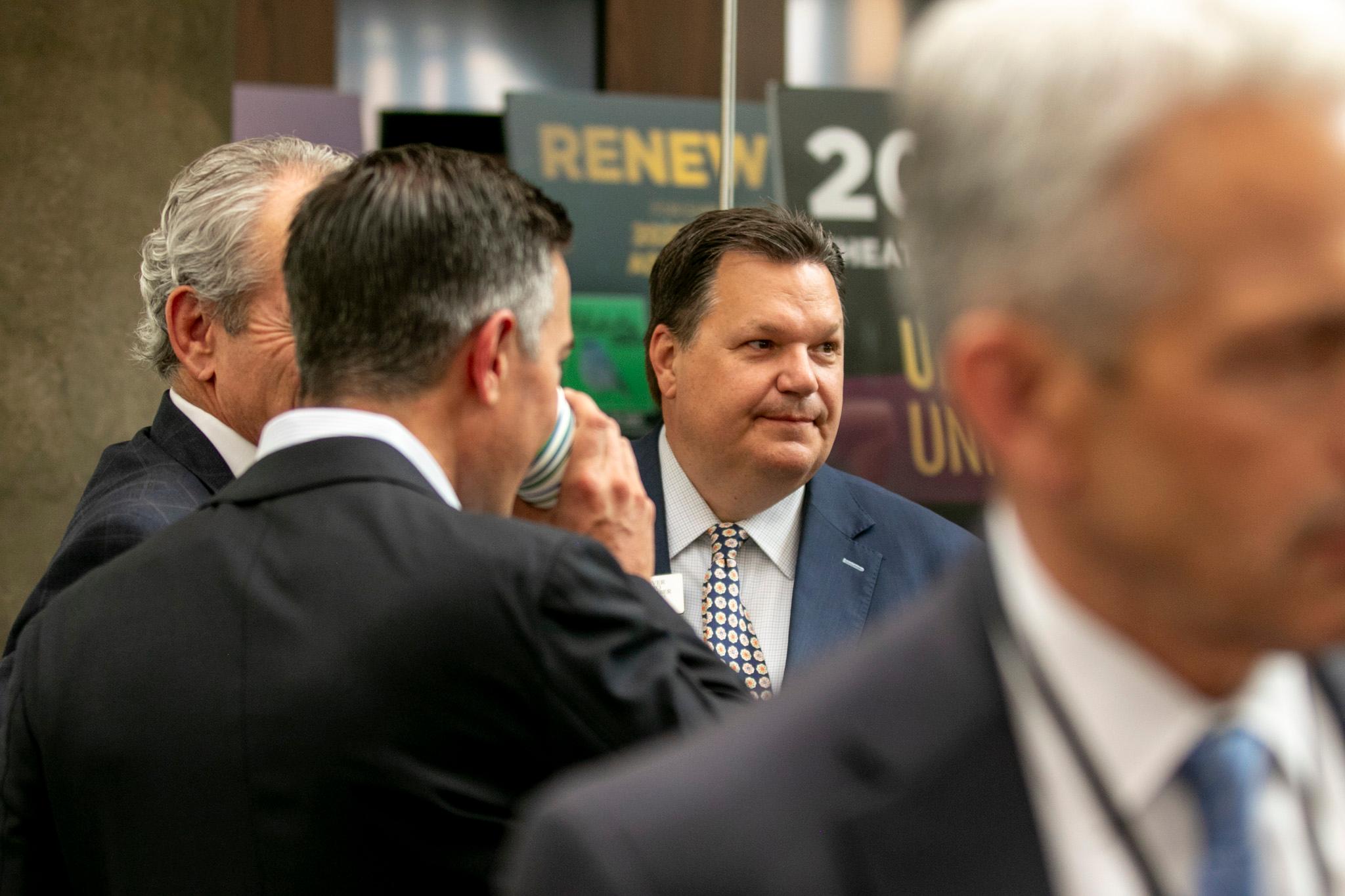Denver has a plan to help renters afford apartments around the city.
In the six months since it was announced, the new LIVE program has been hailed as an innovation and criticized as a handout to luxury apartment owners. It's become a focus point of local debate and won a full feature in The Wall Street Journal -- and that's before it even gets started.
Now, one of its key planners is resigning from city government and the program faces an internal review, though city staff say that it's still on track for potential approval next month.
Here's what we know.
The big idea:
LIVE, which stands for Lower Income Voucher Equity, is based on a familiar concept: Section 8 vouchers, a federal program created in 1983 that helps people pay their rent in privately owned apartments.
There's only a limited number of the existing federal vouchers -- about 7,000 in Denver, at a yearly cost of $73 million -- and most of the money is reserved for people with the least income. The vast majority of Section 8 households in Denver have income less than $20,000.
Erik Soliván, the mayor's housing adviser, has described LIVE as a local extension of the voucher concept, with a focus on higher incomes. It targets people making 40 to 80 percent of area median income -- a group typically including hospital workers, teachers, nurses and emergency workers.
"You're now talking about a stabilized check-to-check workforce. They're above (the cutoff for) social benefits, generally, but they're still struggling with housing affordability," he said in an earlier interview with Denverite. (He also announced recently that he would resign on March 2.)
"The LIVE program was designed to look at a band of need that was, in many ways, just past what's called a social benefit cliff," he added.
How it works:
The federal vouchers have a couple important rules. First, the feds set a cap on the maximum rent for buildings where they can be used. In Denver, the federal government says "fair market rent" for a two-bedroom is $1,418.
The federal voucher pays some of that, and recipients pay a portion too -- typically, it's 30 percent of their income.
The city program, LIVE, works the almost same way, but it makes two big changes.
First, it changes the calculation for fair rent. Instead of choosing one level for the entire metro, LIVE would choose a different rent level for each neighborhood.
That could potentially allow the program to pay higher rent and get recipients into pricier neighborhoods.
"We know a family that's going to go live in Cap Hill needs a little bit higher voucher subsidy," Soliván said. "We're going to compare those units to units in the same neighborhood and say, here's what we pay for one-bedrooms in the Highland versus one-bedrooms in Windsor."
LIVE also will ask renters to contribute more money -- 35 percent of their income -- which again means it can pay higher overall rent.
Finally, the program proposes that 5 percent of clients' rent payments will be set aside as savings and returned to them when they exit the program.
Is this just for luxury apartments?
LIVE has picked up a reputation: The Wall Street Journal described it as a plan for Denver's "many luxury apartments." It's been discussed as a way to take advantage of the surplus of high-end units, which have far higher vacancy rates than cheaper homes.
It could indeed open up higher-rent apartments, but Soliván denied that it was a luxury subsidy.
"This program doesn't target that, because those rents are simply too high to even bring down ..."
The initial results will prove that point, he said. The owners of about 300 units have formally expressed interest so far.
"They were apartments in 22 different ZIP codes, in all different council districts," he said.
The program's initially meant to cover about 400 households. The city is working with foundations and employers to match public funds -- for example, Chipotle has said it will give money and identify employees who could use the vouchers.
Questions and criticism:
At a council meeting on Tuesday night, Councilman Kevin Flynn asked whether the program would disrupt market processes that would otherwise drive down prices.
“I think the theory of the market is that if a landlord has a lot of vacant units, he’s charging too much," Flynn said. He was worried that it “does not provide any incentive for landlords to lower rents. I'm worried that we’re feeding the spiral.”
A Harvard University expert asked a similar question, as quoted by the Wall Street Journal. Soliván said at the time that LIVE is necessary because rents aren't coming down fast enough.
Councilwoman At-large Robin Kniech also has asked why the city administration set programs in motion before council and others got to debate its long-term housing plan.
The elected leaders could get a crack at LIVE soon enough. The program could go to Denver City Council as early as March, according to Derek Woodbury, spokesman for the Office of Economic Development.
First, however, it's under review. "This program is currently being reviewed and vetted internally, prior to advancing to City Council for consideration.," Woodbury wrote in an email.
"This is a complex program, involving multiple parties and several different legal agreements. We are very much in our standard due diligence process, and we look forward to bringing the program forward for full consideration in the coming weeks."











